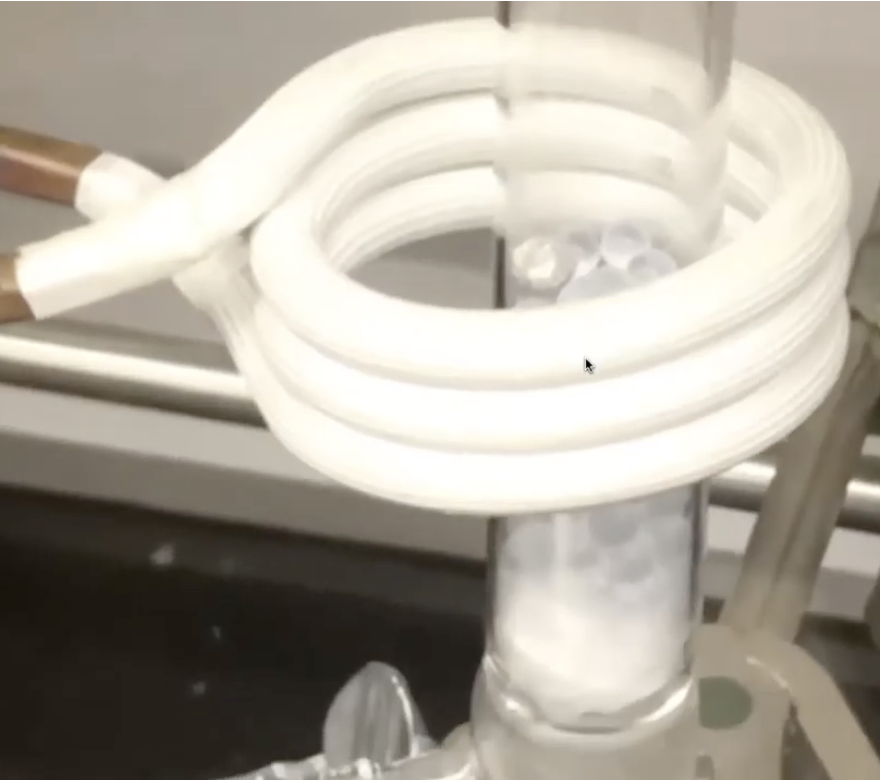Health Impacts
Artisanal and small-scale gold mining (ASGM) is a growing sector of the global economy in more than 55 countries, many of which are in the developing world. ASGM directly employs approximately 13 million people and an additional 85 million people indirectly. During the gold mining process, liquid mercury [Hg(0)] is added to large quantities of sediment or soils where it binds with existing gold particles. The gold-mercury amalgams are then and burned to release the mercury, leaving a nearly pure gold product. Through this process, ASGM has become the largest anthropogenic emitter of mercury worldwide.
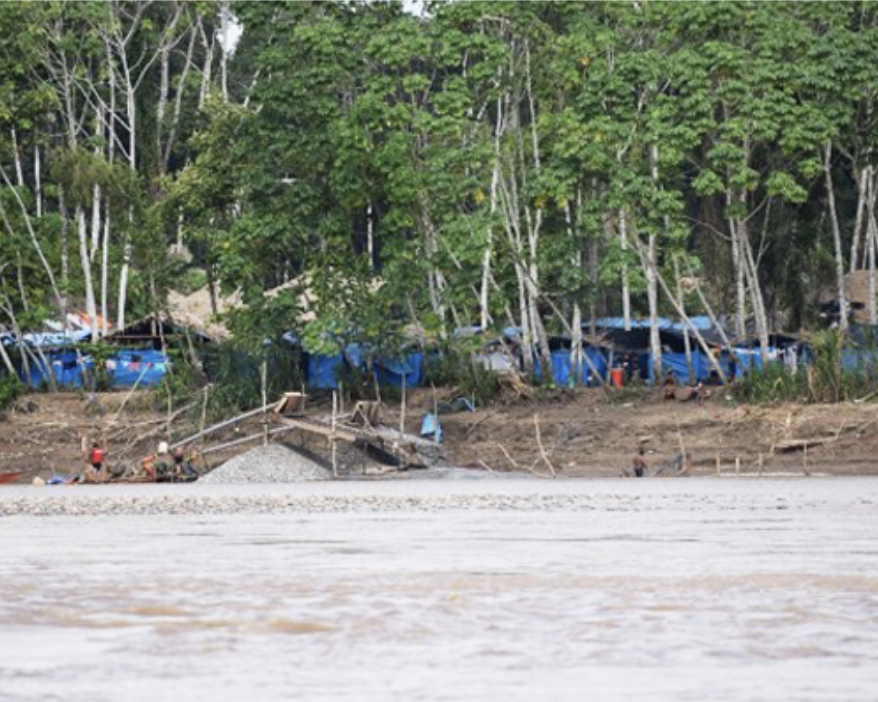
In Peru’s Madre de Dios (MDD) Region, ASGM is increasing a dramatic rate with increased global demand for gold. Madre de Dios and Puno (which neighbors to the South) produce nearly half of Peru’s gold export. Madre de Dios hosts nearly 80% of illegal gold export. MDD is one of the world’s most biodiverse regions and contains Manu National Park and the Tambopata Reserve, along with numerous tropical research stations and ecotourism reserves.
The largest ASGM regions in the MDD Department occur in the central areas of the region in mining areas known as Huepetuhe, Guacamayo and Delta-1. These areas represent approximately 50% of the total gold mining in the region with the remaining mining dispersed throughout the watershed. If hydrologic transport is a major mode of Hg dispersal, these two rivers are expected to contribute significant concentrations of Hg to the downstream regions.
The goal of our research along the river in MDD is to characterize the distribution and transport of Hg in the MDD environment and to determine how mining areas impact Hg concentrations in sediment and fish. Our research shows that Hg concentrations in sediment, suspended solids and fish tissue increase in regions of active ASGM. Further, large river tributaries draining from mining regions contributed significant Hg loading to the MDD River. And finally, the risk of Hg exposure through fish consumption is greater in mining areas as compared to upstream regions.
Methylmercury (MeHg) is a potent neurotoxin that biomagnifies in aquatic food webs and poses a health risk for people and wildlife. Anaerobic microorganisms such as sulfate reducers, iron reducers and methanogens are primarily responsible for converting inorganic forms of Hg to MeHg. Thus, the production of MeHg by anaerobic microbes and the bioavailability of inorganic mercury to these microbes are critical initial steps towards MeHg bioaccumulation in fish and other high trophic-level species.
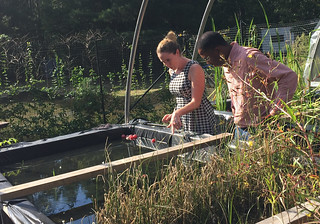
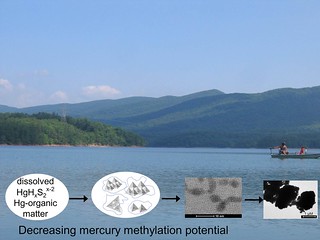
The objective of our work is to investigate biogeochemical processes that control the bioavailability of mercury and identify methods to assess the methylation potential of mercury in contaminated sediments. In particular, we are quantifying the relationship between Hg-sulfur coordination states and the availability of the metal for microorganisms. We are also applying biomolecular tools to study the diversity and relative abundance of Hg-methylating microorganisms in anaerobic microbiomes of aquatic ecosystems. Our goals are to develop quantitative and predictive relationships that describe the geochemical and microbiological contributions to mercury methylation potential in the environment. We are interested in applying these capabilities towards improved management of contaminated sites and development of remediation strategies.
Policy
Team Gold explores policy solutions related to gold mining, economic livelihoods, conservation, mercury exposure, and human health. Duke Gold Team collaborates with several actors such as governments, multilateral agencies, NGOs, CSOs, universities and the private sector to promote the sustainable use of natural resources by balancing varied demands for economic development with environmental conservation and human well-being.
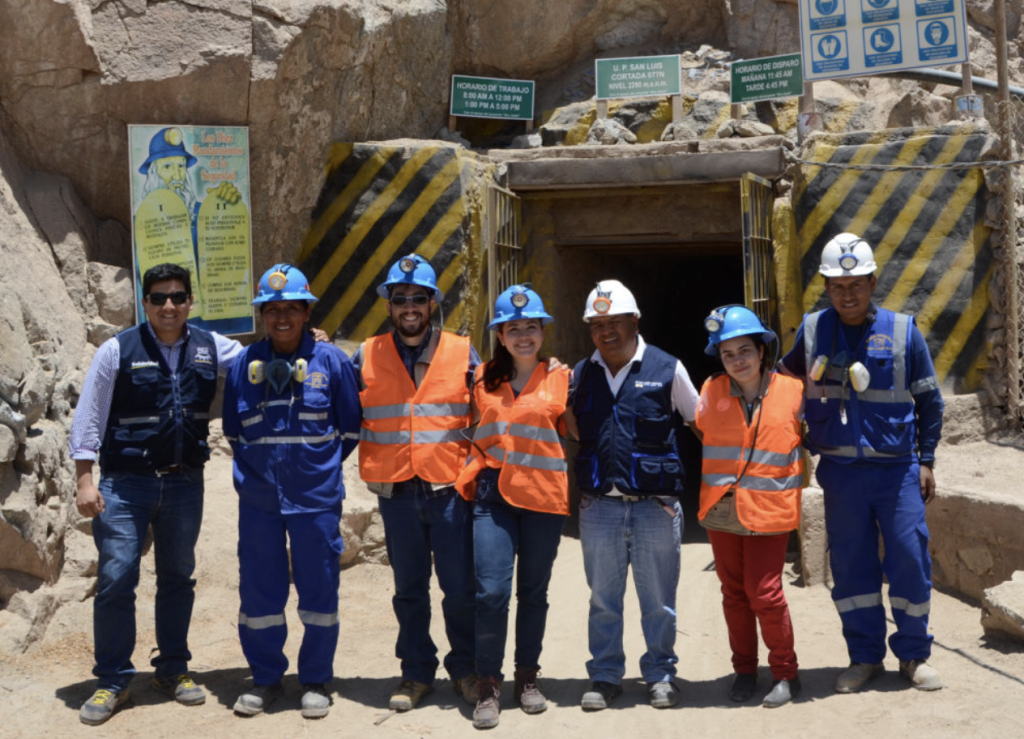
Technology and Innovation
Critical metals such as rare earth elements are essential materials for modern technologies across many sectors, including consumer electronics, alternative energy, transportation, and defense industries. Despite their broad and growing importance, the market for these elements is vulnerable to global supply and political disruptions. For example, the production of rare earth elements (REEs), defined as the 15 stable lanthanides plus yttrium and scandium, is monopolized by China. Trade restrictions and growing global demand for these materials have created great instability in the REE supply market, underscoring the need for domestic production and source diversification of critical metals of national importance. As such, metals-enriched waste streams and other unconventional feedstocks have garnered tremendous interest as part of a larger domestic resource diversification strategy.
Solid wastes and other geological residuals such as acid mine drainage, electronic wastes, and combustion residuals can be enriched in critical metals and have received attention as promising alternative feedstocks. Oftentimes these secondary feedstocks are wastes generated during the production of energy, fuel, and other material resources. Because these feedstocks are geographically dispersed or modestly enriched relative to ores at conventional mines, traditional large scale hydrometallurgical processes often are not economical or feasible for implementation as distributed production facilities. New technologies are needed to overcome the hurdles in implementing metals production from unconventional sources at the moderate to small scale.
A team of researchers from multiple universities and organizations received the Gold Award and top prize of $200,000 in the Artisanal Mining Grand Challenge. The global competition, which received applications from 42 different countries, recognizes innovative solutions for transforming artisanal and small-scale gold mining (ASGM) for water and biodiversity conservation, and improving human health.
The Mercer team developed and tested its Mercury Capture System (MCS) that was the basis for the successful Artisanal Mining Grand Challenge application. The team included researchers Adam Kiefer, Laura Lackey, Craig McMahan, Caryn Seney and Sagar Patel at Mercer University; Claudia Vega at the Centro de Innovación Científica Amazónica in the Center for Energy, Environment and Sustainability; William Pan and Alex Pfaff at Duke University; Bridget Bergquist at the University of Toronto; Ruth Goldstein at the University of Wisconsin-Madison; and Suzette McFaul at SEF Canada Ltd.
